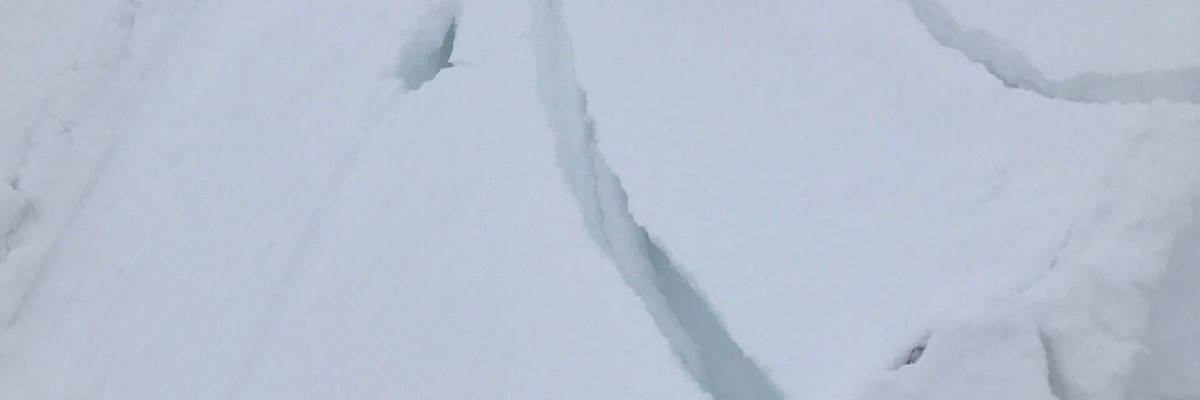The current avalanche danger is HIGH on wind loaded slopes above 5500 feet in the West Central Montana backcountry. On all other slopes in the advisory area, the avalanche danger is CONSIDERABLE. Travel on wind loaded slopes is not recommended. This means careful snowpack evaluation, cautious route-finding, and conservative decision-making are essential to recreate today. With more snow and wind expect the avalanche danger to rise today.
Good morning, this is Travis Craft with the West Central Montana Avalanche Center’s avalanche advisory for December 19, 2017. This danger rating does not apply to operating ski areas, expires at midnight tonight and is the sole responsibility of the U.S. Forest Service.
Weather and Snowpack
Mountain temperatures range from 24 F to 33 F in the region. In the Bitterroot winds are 12 mph with gusts of 19 out of the S. In the northern part of the advisory area, at Point Six, winds are reading 13 mph with gusts of 22 mph out of the SW. The forecast area received 4 to 12 inches of new snow in the last 24 hours with the greater portion of snow falling in the northern half of the advisory area. The new snow had SWE’s ranging from .2 to 2.2 inches of water.
Logan and I toured near Lolo pass yesterday. We saw active wind transport of snow and got shooting cracks from our skis. We got facets in our snowpack to propagate in our pit tests. Matt was in the Rattlesnake on Sunday, and found a poor snowpack structure.
The primary avalanche problem is wind slabs. Leeward terrain will have large wind slabs. Look for rounded pillows of snow near ridgelines and recognize signs of instability such as cracking in the surface snow. These slabs will be very sensitive to human triggers. Avoid traveling on or under wind loaded slopes.
The second avalanche problem is storm slabs. Storm slabs will be large with depths up to 11 inches. Give the snowpack time to adjust to the new load. Look for bullseye data such as localized collapsing and shooting cracks.
The final avalanche problem is persistent slabs. The new snow will stress our weak layers. We have poor snowpack structure throughout our advisory area. This means careful snowpack evaluation, cautious route-finding, and conservative decision-making are essential to recreate today. Look for clues from the snowpack shooting cracks and localized collapsing. Dig a pit on low angle terrain in a safe spot out of runout zones to see how the layers are adjusting to the new load.
Avalanche and Weather Outlook
The northern portion of the advisory area is expected to get more snow and moderate winds. With the addition of new snow and snow available for transport expect the avalanche danger to rise.
If you are out in the backcountry, please send us your observation, these are very helpful in producing the advisory. Logan will issue a weather update tomorrow December 20, 2017.
Ski and ride safe.














